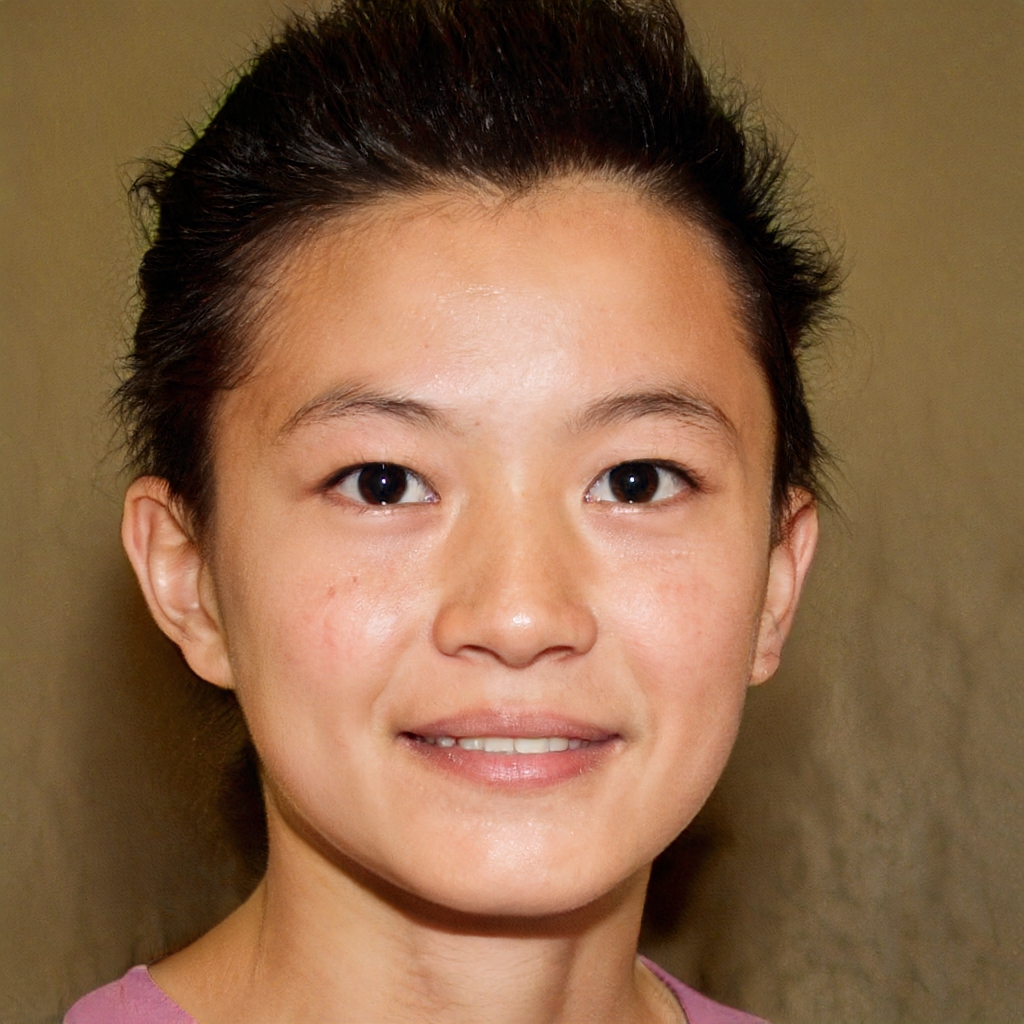A capacitive touch screen is a type of touch screen that uses electrostatic charge to detect when a user touches the screen. This type of touch screen is typically used on smartphones, tablets, and other devices where a user needs to be able to interact with the screen.
When a user touches the screen, their body capacitance is transferred to the screen. This change in capacitance is detected by the circuitry in the device and is used to determine the location of the touch. The advantages of using a capacitive touch screen include the fact that they are very accurate and responsive, and they can be used with a stylus or finger.
Is iPhone resistive or capacitive screen?
The iPhone has a capacitive touchscreen. This type of touchscreen is made up of a layer of capacitive material, typically glass, that is coated with a thin film of indium tin oxide (ITO). When an electrical field is applied to the surface of the screen, the capacitive material stores a tiny amount of electrical charge. When you touch the screen with your finger, the charge is transferred to your finger, and the electrical field is disturbed. This disturbance is registered as a touch event by the touchscreen controller.
Capacitive touchscreens are very sensitive and can register very small touches, making them ideal for use with a stylus or finger. They are also very durable and can withstand a lot of wear and tear.
What are the 3 types of touch screen?
There are three types of touch screens:
1. Resistive
2. Capacitive
3. Surface Acoustic Wave
1. Resistive: A resistive touch screen is made up of a glass or clear plastic top layer, a middle layer of conductive material such as indium tin oxide (ITO), and a bottom layer of ITO. When an object, such as a finger, presses down on the top layer, the two layers touch and the electrical resistance between them changes. This change is measured and used to determine the location of the touch.
2. Capacitive: A capacitive touch screen is made up of a glass or clear plastic top layer, a thin film of ITO on the bottom layer, and a layer of dielectric material in between. When an object, such as a finger, touches the top layer, the electrical capacitance between the top and bottom layers changes. This change is measured and used to determine the location of the touch.
3. Surface Acoustic Wave: A surface acoustic wave touch screen is made up of a glass or clear plastic top layer, a bottom layer of ITO, and a piezoelectric material such as quartz in between. When an object, such as a finger, touches the top layer, the waves on the surface are disturbed. This disturbance is measured and used to determine the location of the touch. Are all touch screens capacitive? Yes, all touch screens are capacitive. This means that they rely on the electrical properties of your body to detect when and where you are touching the screen. Which type of touch screen is best? There is no best type of touch screen, as each has its own advantages and disadvantages. Resistive touch screens are typically less expensive and more durable than capacitive touch screens, but they are not as responsive and do not support multi-touch. Capacitive touch screens are more responsive and support multi-touch, but they are typically more expensive and less durable than resistive touch screens. Do capacitive touch screens wear out? Capacitive touch screens work by sensing the conductive properties of your body, so they can be used even if you're wearing gloves. However, they can be less responsive over time as the coating on the screen wears down.
